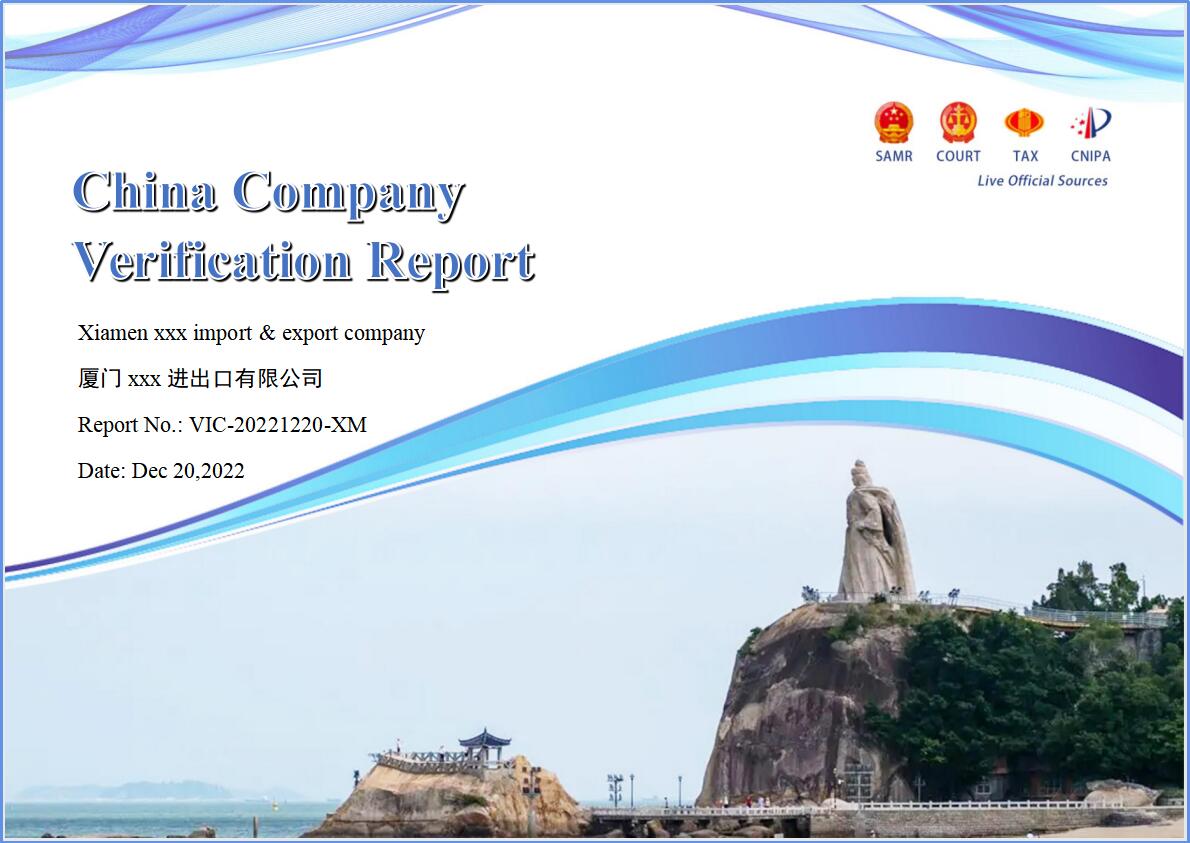Wujiaqu City, a county-level city directly under the Central Government of Xinjiang Uygur Autonomous Region, is located at the northern foot of Bogda Peak in the Tianshan Mountains and the southern edge of Junggar Basin. It is 75 kilometers long from north to south, 29 kilometers wide from east to west, and covers an area of 711 square kilometers. Wujiaqu City has a continental climate in the middle temperate zone, and its landforms are mountains, alluvial plains and deserts from south to north. By the end of 2021, Wujiaqu City has a registered residence population of 143900.
In the 22nd year of Qianlong (1757) of the Qing Dynasty, after the Kangxi, Yongzheng and Qianlong dynasties, the suppression of the Junggar rebellion ended with the victory of the Qing government. In the 23rd year of Qianlong's reign in the Qing Dynasty (1758), Dutong was established in Dihua. In 1983 and 1997, Changji and Miquan were removed from the county and established as a city, and the area was still under the jurisdiction of the two cities. In September 2002, the State Council approved the establishment of a county-level Wujiaqu city in Xinjiang Uygur Autonomous Region, which is composed of three regiment farms and the whole area of Wujiaqu. On January 19, 2004, Wujiaqu City was established with the approval of the People's Government of the Autonomous Region. By 2021, Wujiaqu City has jurisdiction over 3 streets, 3 towns and 1 national economic development zone, and the municipal people's government is located at No. 603, Changzheng East Street.
In 2021, Wujiaqu will achieve a GDP of 26.372 billion yuan, an increase of 8.0% over the previous year.
Minimize the Risk and Scam
Within 2 Working Day
$ 135 USD
